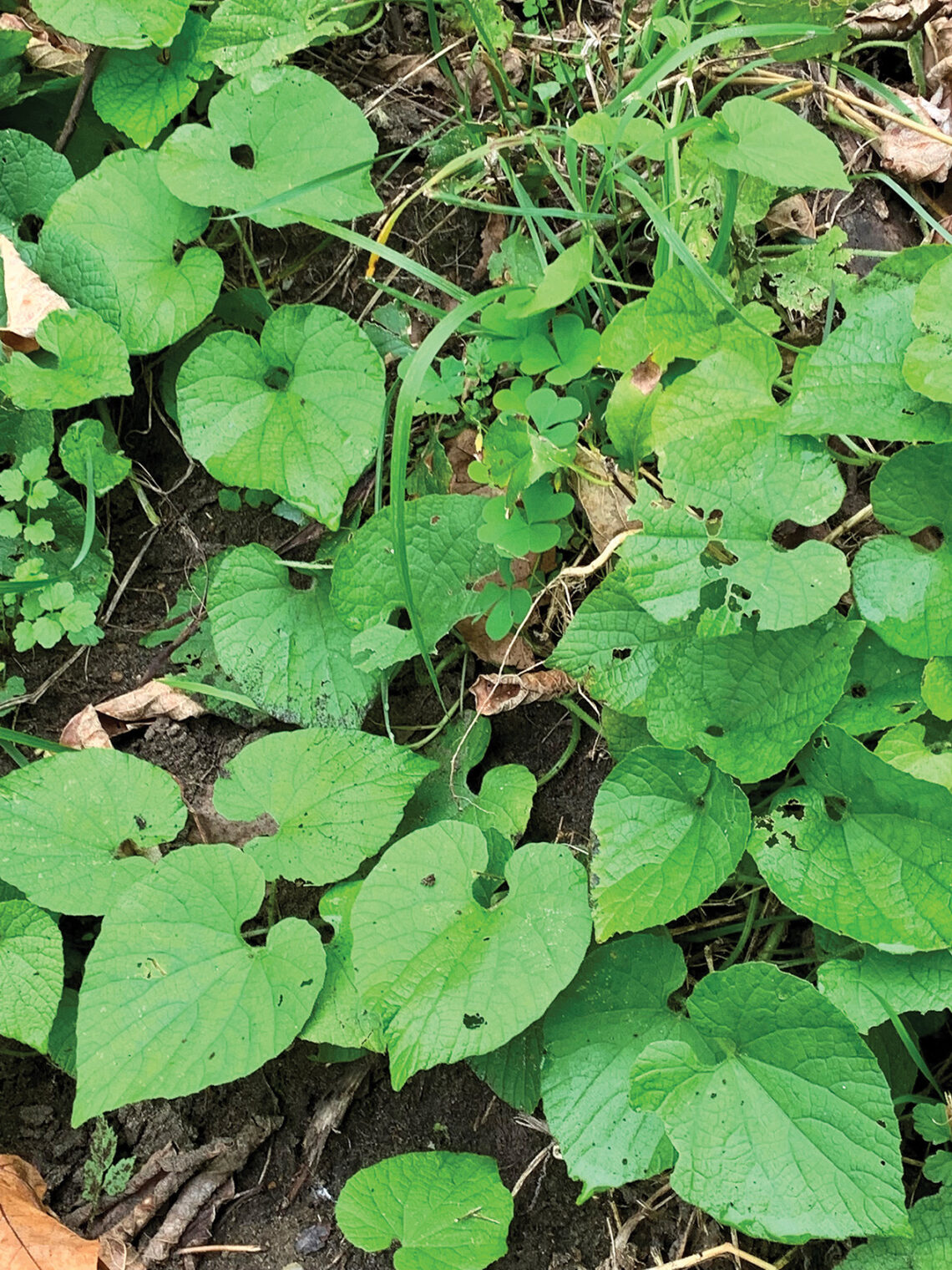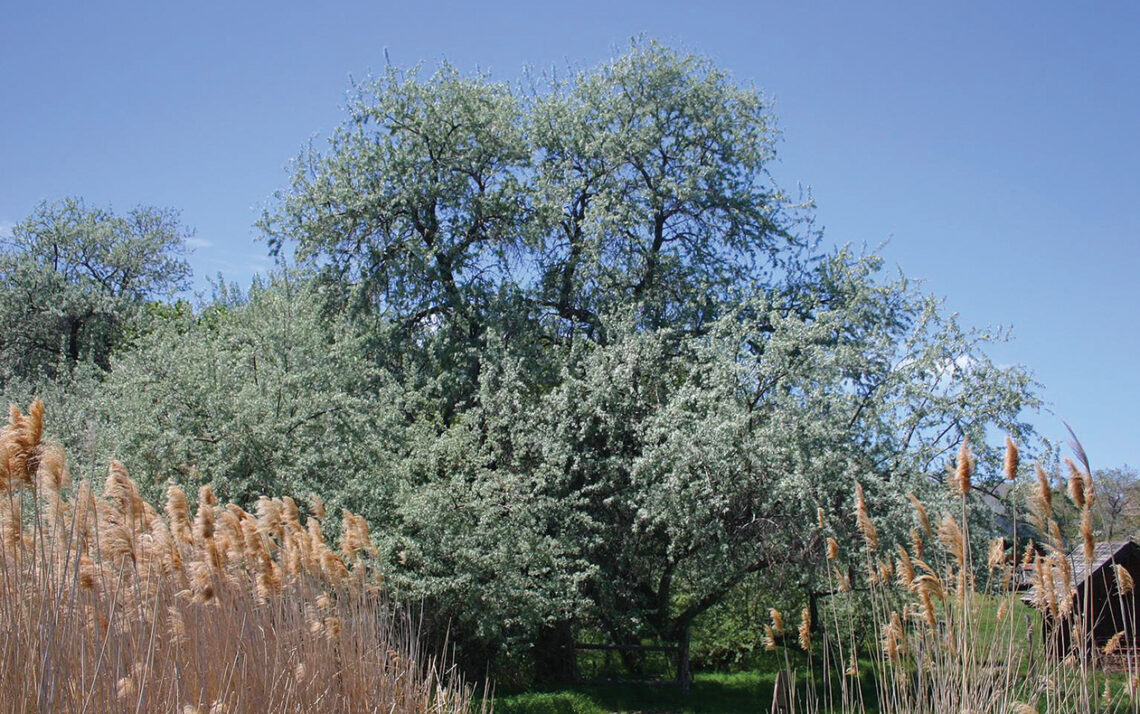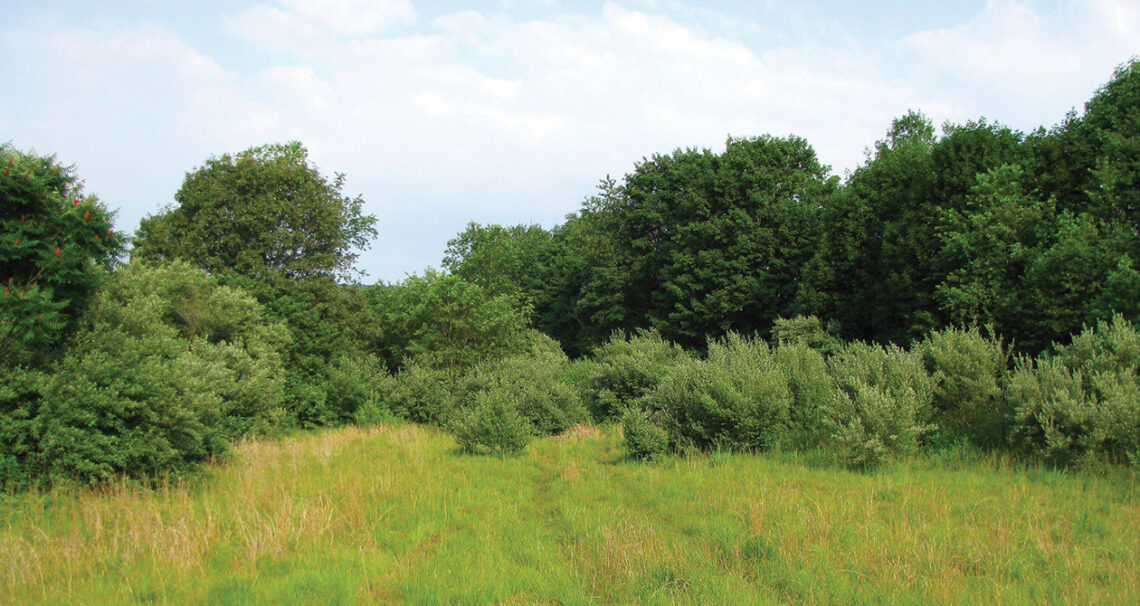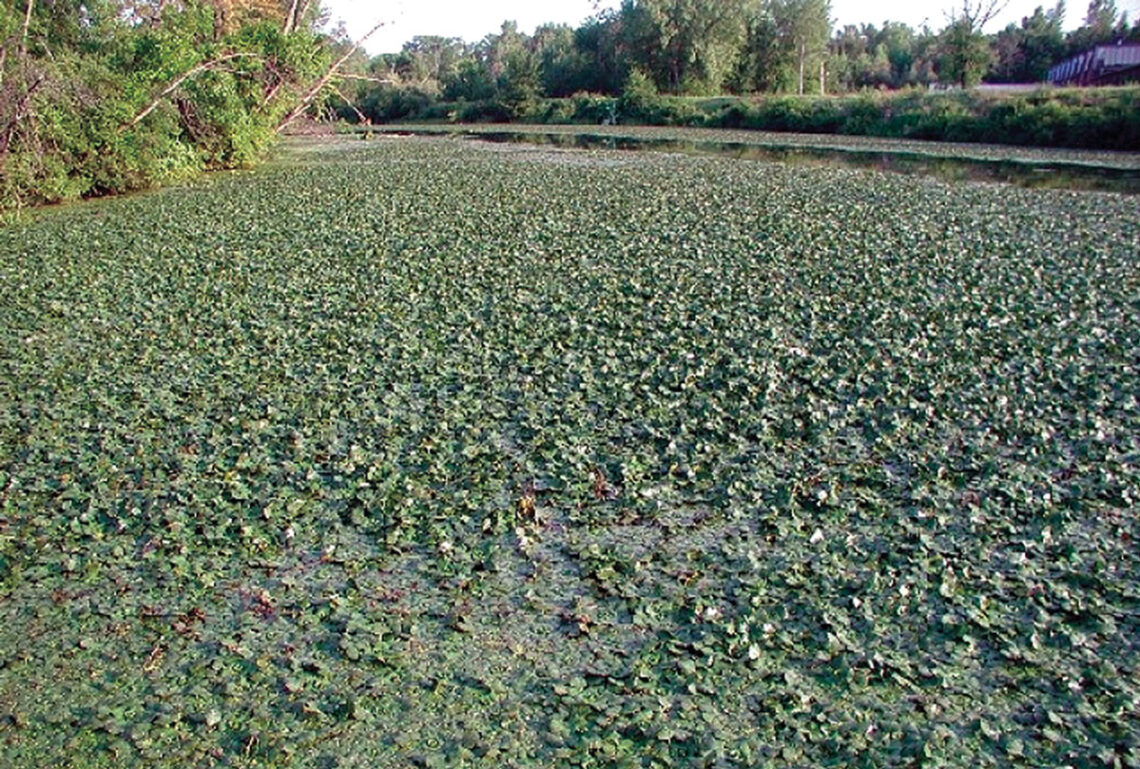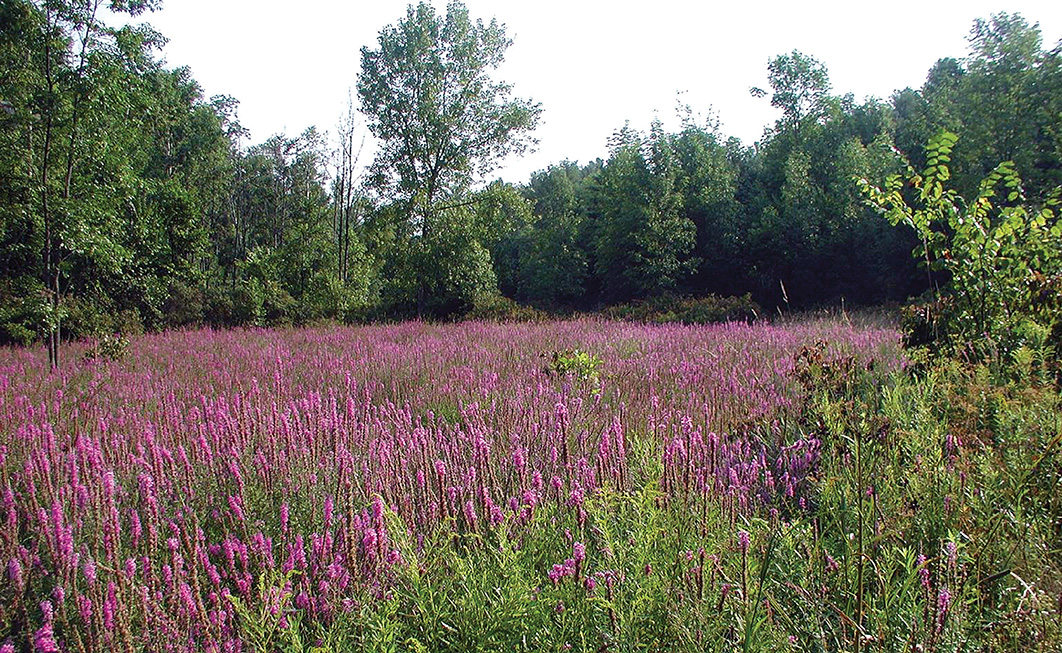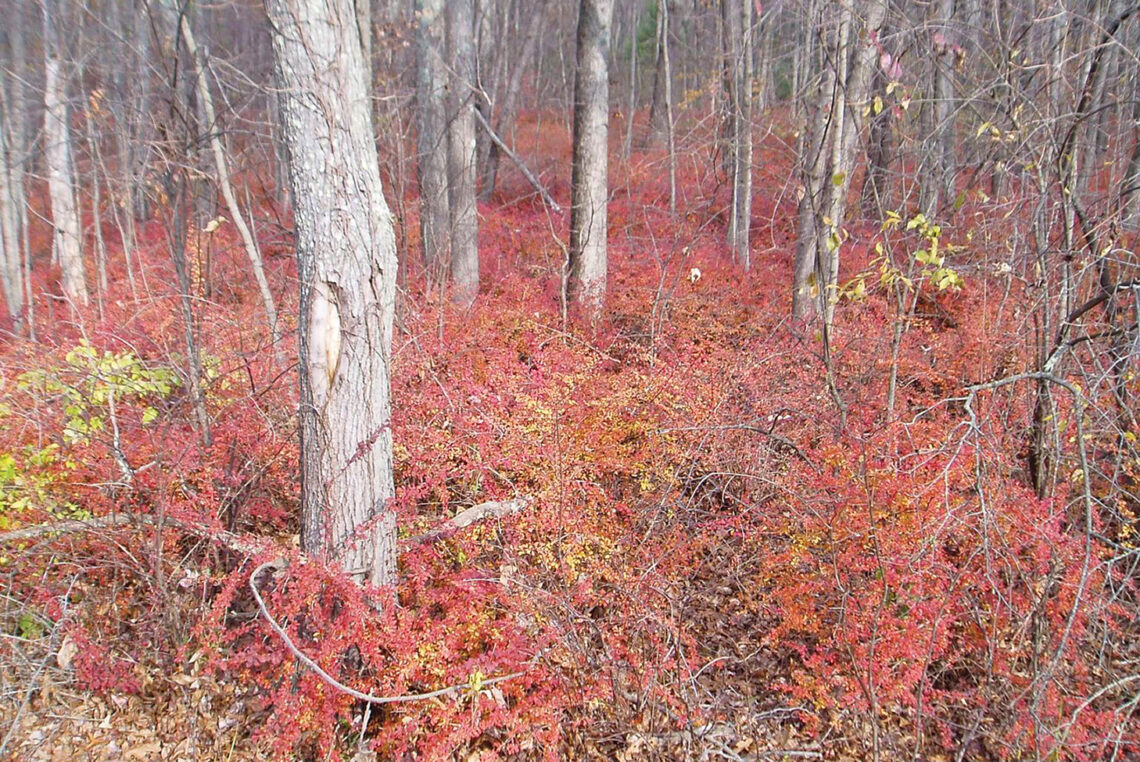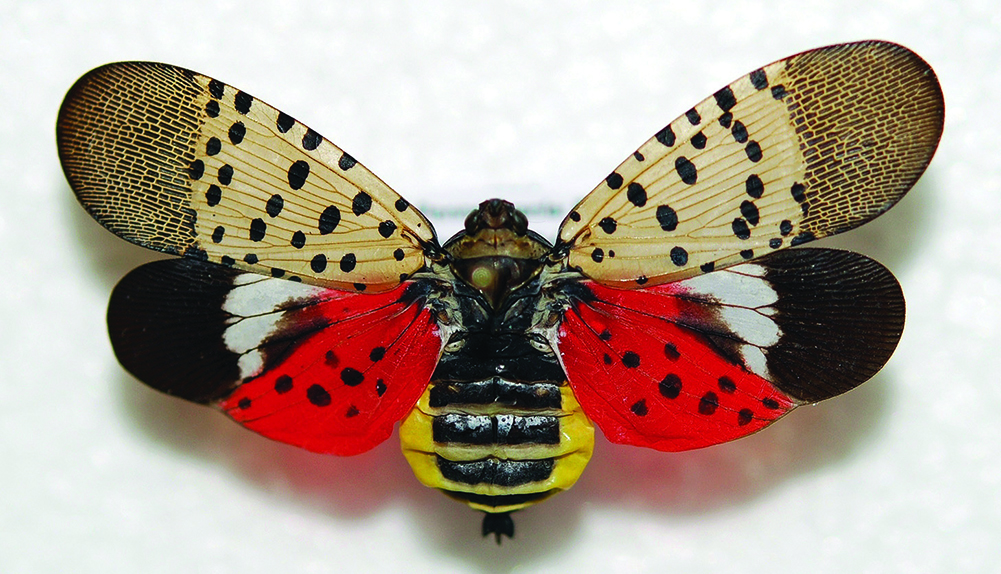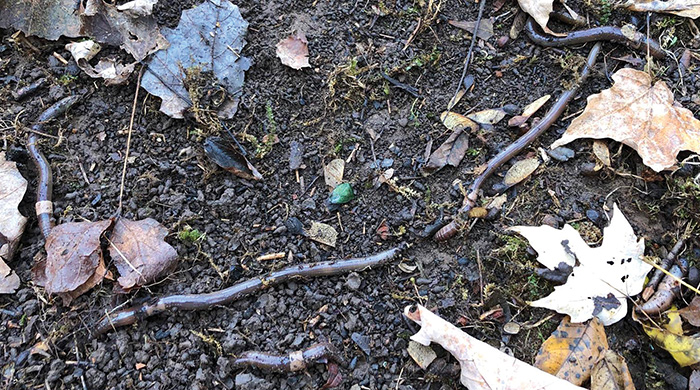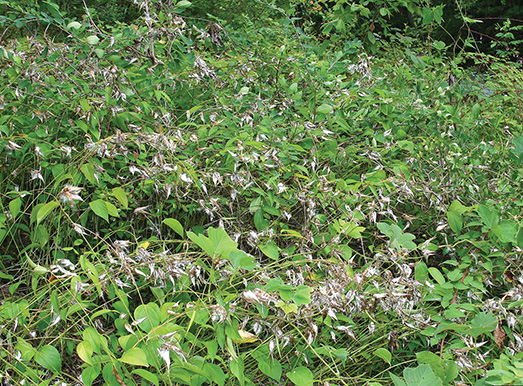A CAES PRESS RELEASE The Connecticut Agricultural Experiment Station (CAES) has announced the discovery of a new non-native invasive plant in Connecticut. Scientists from CAES in collaboration with Robin Zitter and Nikolle Lizana, a local horticulturist and landscape gardener, respectively, have discovered Goldencreeper (Thladiantha dubia), a highly invasive non-native plant, in Kent. Goldencreeper, aka Manchu tuber gourd, is a member of the gourd (Cucurbitaceae) family. It is native to Northeastern China, Korea, and Russia. It is believed to have been introduced into North America as an ornamental plant. Currently, it is present in Illinois, Massachusetts, Minnesota, New Hampshire, New York, and Wisconsin inthe United States and in the provinces of…
-
-
Invasive Russian Olive
RUSSIAN OLIVE (Elaeagnus angustifolia) is native to southern Europe and western Asia. According to the Native Plant Trust “it has been planted extensively throughout the United States as a windbreak, ornamental shrub, soil stabilizer, and wildlife attractant.” It was brought to the United States in the early 1900s. For many years, the U.S. Soil Conservation Service (nowthe Natural Resources & Conservation Service) recommended it for wildlife habitat and as a windbreak. IdentificationRussian olive is a thorny shrub or small tree that can grow to 25 feet or higher. It prefers disturbed areas, roadsides, forest edges, meadows and fields. The lanceolate leaves are arrangedalternately. They’re 1.5-3.25 inches long with a smooth…
-
Invasive Autumn Olive
AUTUMN OLIVE (Elaeagnus umbellata) is a large deciduous shrub or small tree that’s considered invasive in Connecticut. Native to Eastern Asia, from the Himalayas to Japan and Korea, it’s also called Japanese silverberry, Japanese oleaster and cardinal olive. Introduced to the U.S. in 1917 it has been used as an ornamental but also for wildlife habitat and erosion control. In Connecticut it was routinely planted along the sides of highways. IdentificationAutumn olive can grow to 20 feet or more. It has alternate oval leaves with wavy margins. The 2-4 inch long leavesare gray-green on top and silver underneath. Some branches may have sharp thorns. The fragrant flowers are arranged in…
-
Invasive Water Chestnut
Water Chestnut (Trapa natans) infests many lakes and streams in Connecticut. Its common names include European water chestnut, water nut, horned water chestnut, water caltrop and bull nut. Native to Africa, Asia and Europe, it can be either free floating or rooted. It was first reported in North America near Concord, Massachusetts, in 1859. Its habitat includes lakes and ponds, slow-moving rivers and streams, and freshwater tidal estuaries. It prefers nutrient-rich waters less than 16 feet deep with a neutral to slightly alkaline pH. LeavesThe shiny two-inch leaves in the buoyant rosettes are triangular and have a saw-toothed edge. They connect toan inflated petiole that adds buoyancy. The leaves are…
-
Invasive Purple Loosestrife
By Will Rowlands Purple loosestrife (Lythrum salicaria) was the first invasive plant I learned about. In the 1970s I saw ever larger incursions along Route 17K in New York, south of the Catskills, on my way to visit my older brother near Ithaca. When travelling the same route ten years ago and fully aware of its invasive nature, I saw very few patches. The area had been gentrified in the intervening decades and was now home to numerous horse farms. Donna Ellis at UConn told me that beetles were being used for bio-control in New York State but the loosestrife is still out there … I just wasn’t seeing it.…
-
Invasive Japanese Barberry
Japanese Barberry (Berberis thunbergii) is a multi-stemmed deciduous shrub that flowers from April to May and fruits in late summer. The seeds are dispersed by wildlife after they eat and digest the bright oblong red berries that often persist into winter. It can also spread vegetatively by rooting where branches touch the ground. Native to Asia, it arrived in the U.S. in 1875 as a replacement for European or common barberry (Berberis vulgaris), which was found to be an alternate host for a rust that killed wheat and is now banned in Connecticut. Barberry stems can grow to 7 feet and have barbed thorns. The ovate, teardrop-shaped leaves are arranged…
-
The Spotted Lanternfly is Here
The CT Agricultural Experiment Station (CAES) has announced the detection of an adult spotted lanternfly, Lycoma delicatula, in Stamford and West Haven, and several live adults in Greenwich and New Canaan. Surveys in the areas of the detections will be conducted. Single adults were discovered in Farmington in 2018 and Southbury in 2019. The spotted lanternfly (SLF) is an invasive sap-feeding planthopper that was originally discovered in Berks County, Pennsylvania in 2014. It is native to China, India and Vietnam. SLF attacks many hosts and has the potential to severely impact farm crops, particularly apples, grapes and hops, and a number of tree species including maple. In addition to Pennsylvania…
-
Invasive Management in May & June
We list only mechanical control options below. Many thanks to Emmett Varricchio for developing the calendar. See it in full on the CIPWG website at cipwg.uconn.edu under 2018 Symposium Presentations. If you don’t get to it at the prescribed time, just remember that the best time to manage invasives is NOW! CUT/MOW: Delays/prevents seed production and depletes plant’s resources. Follow-up often as necessary. Repeated mowing is an effective control strategy for some plant species. PULL/DIG: Effective at removing seedlings and annuals. Organize volunteers and have a pulling party. Japanese Knotweed (Polygonum cuspidatum)Cut/mow mid-May to mid-June: Schedule three to four times a year. Can be effective, but don’t leave cuttings to…
-
Jumping Worm Update
By Annise Dobson Many of us have grown up thinking that earthworms are a sign of healthy, fertile soil. Recently, a bigger, faster, and incredibly abundant earthworm has been showing up in Connecticut farms, gardens, and forests. Earthworms can be beneficial in their native ecosystems and agricultural settings, but their ability to re-engineer soil can completely restructure ecosystems and the microbial, plant, arthropod and vertebrate communities that live within them. Native Earthworms in Connecticut While its true that most earthworms you will encounter are non-native,we have a small number of native earthworm species in Connecticut. Thelast glaciation is thought to have pushed earthworms out of Connecticut, but Dr. Tim McCay…
-
Black Swallow-wort – Monarch Menace
By Will Rowlands Black swallow-wort (Cynanchum nigrum) is an herbaceous, climbing, perennial vine that can grow up to 6 feet in length/height. It can climb by twining or ramble on the ground. It’s native to the Mediterranean coasts of France, Italy, Portugal and Spain and is considered invasive in Connecticut. It was reportedly cultivated in greenhouses in Ipswich, Mass. and the Harvard Botanical Garden where it escaped into the wild. Its botanical synonyms are Cynanchum louisae and Vincetoxicum nigrum. Common names include Louise’s swallowwort, climbing milkweed and black dog-strangling vine. This plant will take over meadows, pasture, old fields and quarries, hedgerows, vacant lots, roadsides, river banks, transportation and utility…
